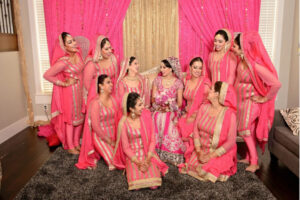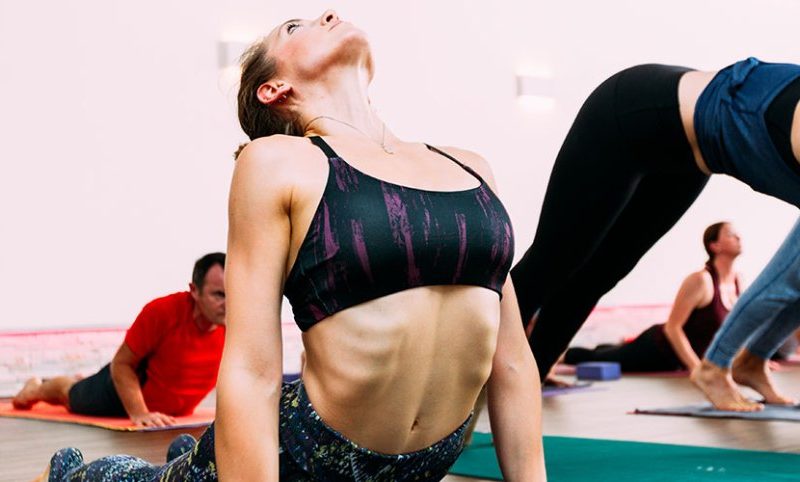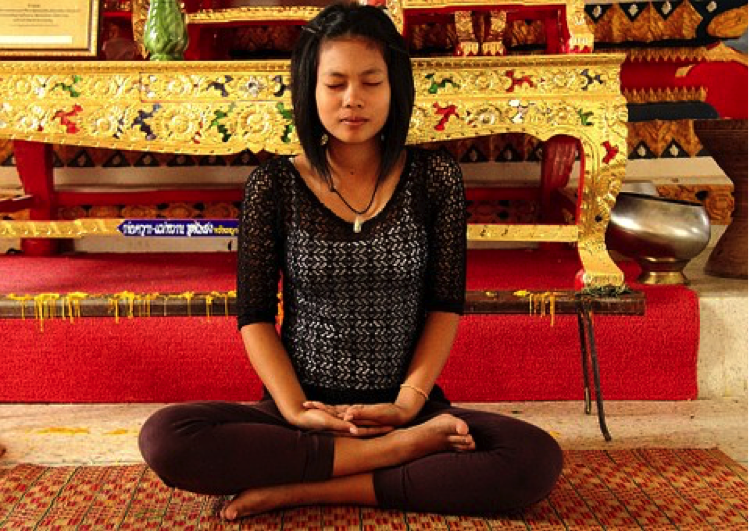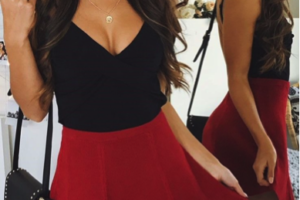You might be a bit confused as you shop for wedding dresses for your upcoming Indian wedding. With so many different options available, where does one begin? First, one needs to decide whether the groom will wear a kurta or saree. Kurta is more formal than three, but the style of the area and the kurta complement each other. Also, one has to decide on whether the bride will have an embroidered sari or traditional embroidered white cotton sari; it is definitely a matter of personal choice.
The groom’s attire for an Indian wedding function depends on the kind of wedding he is going to have. For a Shikara ceremony (in which the bride wears a sari for the engagement ceremony and the groom wears a kurta), the groom’s attire can vary from a simple saree to a fully pants outfit with a turban. If the wedding ceremony is arranged in a Juhu or Banarasi hamlet, both the bride and the groom can wear vibrant colors like red, blue, or green. As for the wedding function in a Baghu or Mathura hamlet, the bride can wear either a saree or a lehenga along with a matching churidar, while the groom wears a pair of trousers with colorful motifs on them and a matching turban. Also, the bride and the groom may choose to wear areas that have open-front pockets (these are called “zari”) or can have the openings narrowed, which is called “patiala”.
Another important aspect of the wedding function in India is the selection of the attire of the groom’s friends and family members. These people should also wear something unique and new rather than wear the regular suits which they are used to wearing. They may wear a salwar-kurta, or a kurta with a dupatta (which is a kind of head-dress). It is customary to wear galsas, or salwar-kurtas, with a dupatta on the forehead. The men may also wear kurtas that have dupattas with embroidery on them; however, it is not essential to do so.
The bride is traditionally supposed to wear a saree and a head-dress (dupatta), while the groom is supposed to wear a salwar-kameez. Traditionally, both the bride and the groom were supposed to come in the same attires (turban and churidar). However, this tradition has been discarded in some villages and cities in India, and the wedding functions are conducted in separate locations, with the bride and the groom each selecting their own attires. This has led to many different styles of salwar-kameez being in use at the wedding function.
While the bride is preparing for the wedding ceremony, she is supposed to fast (if she is a Hindu, this is done about four days before the wedding). This is due to the fact that a large number of impurities, mainly henna and pollens, accumulate inside the digestive tract when one is fasting. While the bride is undergoing this period, she needs to keep her entire body clean, as a ‘honeymoon’ skin is ideal for this type of wedding. The bride will also need to spend a few days away from home in order to prepare for the wedding ceremonies. On the day of the wedding itself, the bride is also expected to wear a new hair style, which is a ritual in most Indian religions.
After the bride and the groom have taken their leave for the wedding function, they are welcomed by a throng of people who wish them good luck. The guests are cordial but are mostly there to prevent the bride from becoming bankrupt. Once the couple is seated, the marriage ceremony can begin. The bride is provided with flowers by her parents, who will also bless the bride for her marriage. The wedding feast is served to the guests, after which the newlyweds return home.
When it comes to the question of how to dressup for an Indian wedding function, the bride is expected to wear a sari or a salwar-kurta, while the groom traditionally wears a kurta. It is customary for the bride to wear a headband or a band around her forehead, while the groom traditionally does not wear any such accessory. This rule is applicable whether the wedding ceremony is a grand or a simple one. The bride and the groom need to sit at the same place, and the marriage ceremony begin after the bride has been given the ‘raksha’ or the white silk saree, which is considered auspicious.
There are many other aspects of the wedding ceremonies in India that need to be taken care of, and the bride is expected to follow them strictly. The bride has to look smart and fit, both in mind and body, and she has to look pleasant and graceful in her wedding attire. On the other hand, the groom has to dress properly so that he can easily outsmart the other men present at the wedding function. If you are planning to get married in an exotic and beautiful part of the world like in India, then the following tips on how to dress up for an Indian wedding function will prove extremely helpful:















